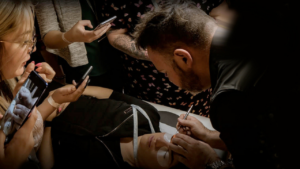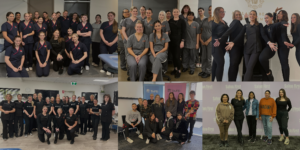One Shot vs Profusion: Which Lash Lift System Should You Use?
One Shot vs Profusion: Which Lash Lift System Should You Use?
One Shot vs Profusion: Which Lash Lift System Should You Use?
Many artists have been asking, “Which system gives better results?” — and the truth is, it’s not about choosing one over the other. Each system has its own unique strengths, and the best artists know when to use each. Let’s break it down.
The OG: Elleebana One Shot Lash Lift
Why artists love it:
Elleebana One Shot offers luscious, lifted lashes that can last up to 8 weeks — in a safe, 20-minute professional treatment.
How it works:
One Shot uses TGA (thioglycolic acid) to break down disulphide bonds and redirect the lash into a new shape — fast.
Key Benefits:
✔️ One of the fastest processing systems in the industry
✔️ Ideal for resistant lashes
✔️ Perfect for busy salons
✔️ Trusted worldwide for 30 years
✔️ Long-lasting results — even after swimming or showering
✔️ Nourishing formula with conditioning ingredients
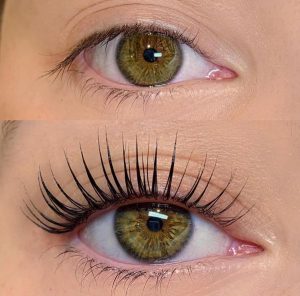
The All-Rounder: Elleeplex Profusion
Why it was created:
As a brand focused on lash health, innovation, and flexibility, we developed Profusion for artists who want to offer both lash lifts and brow laminations — using one gentle, vegan-friendly formula.
How it works:
Profusion uses CHC (cysteamine hydrochloride) to gently restructure the hair while maintaining its strength and integrity.
Learn more about Elleeplex Profusion
✨ New Highlight: Profusion is Korean & Freestyle Technique Friendly
Profusion is incredibly versatile and can be applied to the tips of the lashes due to it being a gentle CHC system — making it perfect for:
✔️ Freestyle lash lifting – apply step 1 to the lashes before wrapping the lashes onto the shield, making them easier to wrap
✔️ Korean technique styles – mix our system with a viscosity controller of your choice to go glue free!
This flexibility gives artists more creative control while still ensuring the health of the lash.
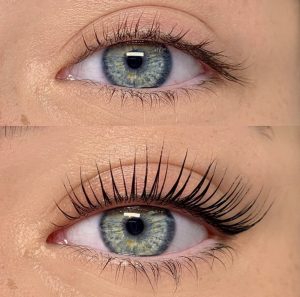
Custom Processing Times — For Both Systems
Every client is different — so your timing should be too.
Elleebana One Shot
While One Shot’s 6 & 5 timing (6 mins for Step 1 / 5 mins for Step 2) works beautifully for most clients, there will always be variations.
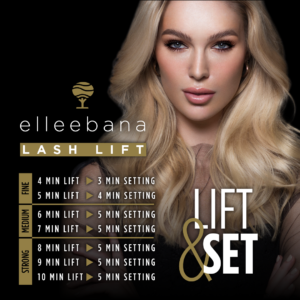
Elleeplex Profusion
Profusion, on the other hand, has more forgiving timing. Artists have seen fantastic results with 13–15 mins for Step 1 / 9 mins for Step 2, especially on stronger hair types.
Reminder: Always base processing times on consultation and observation. Factors like ethnicity, hair thickness, medication, and growth patterns all play a role. You may need to extend pr shorten your processing times outside of our guidelines.
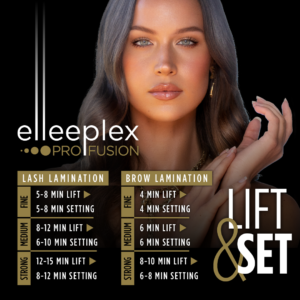
Side-by-Side System Benefits
Elleeplex Profusion
-
🌿 Vegan & gentle
-
🧬 Maintains internal hair structure
-
💧 Soft regrowth phase
-
🔁 Synergistic formula for lash + brow lamination
-
🖌️ Compatible with Korean & freestyle techniques
-
✨ Can be applied to the tips of lashes
Elleebana One Shot
-
⚡ Fastest processing times
-
💪 Works well on resistant/coarse lashes
-
🌍 Trusted globally for three decades
-
💧 Nourishing and conditioning formula
-
💯 Long-lasting, water-resistant results
So… Which One Should You Choose?
The answer is: it depends on your client.
You’ll likely find you prefer one system for certain hair types or styling goals — and another system for others.
Having both One Shot and Profusion in your kit allows you to:
✅ Be more versatile
✅ Cater to a wider client base
✅ Deliver more customised, high-quality results
✅ Increase your salon success
Final Thoughts
✨ The best artists don’t just follow the rules — they know how to adapt them to each unique client.
By having both Elleeplex Profusion and Elleebana One Shot at your fingertips, you’re equipped to deliver incredible results that prioritise lash health, longevity, and client satisfaction.
Because in the end, it’s not about choosing sides — it’s about having the right tools for the right client.
read more

